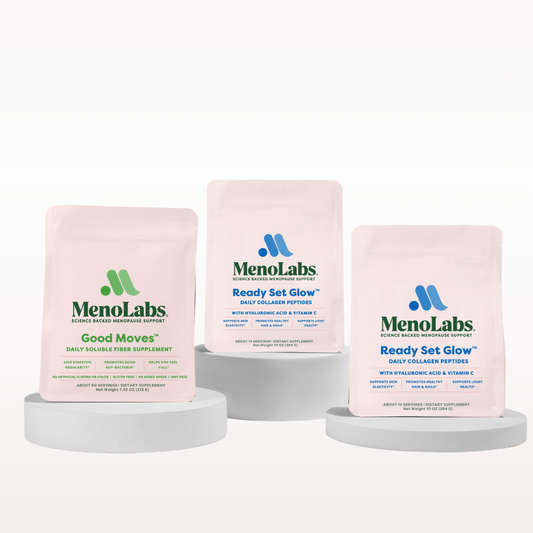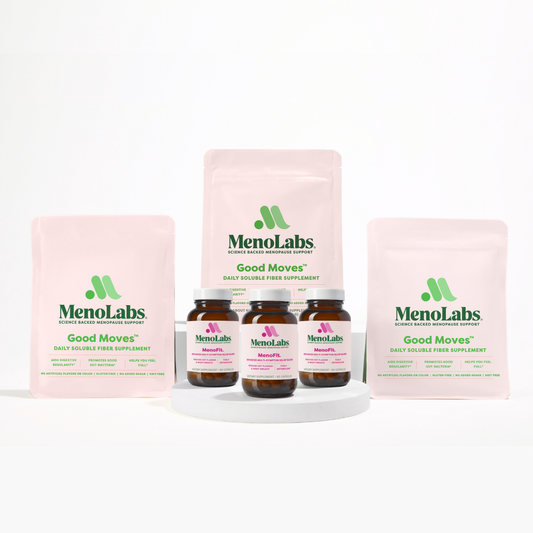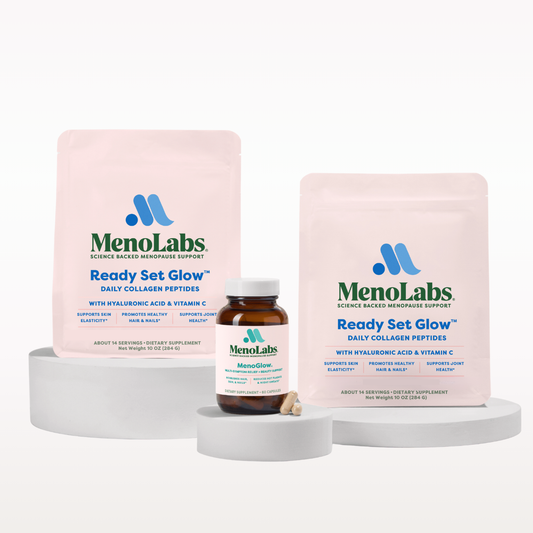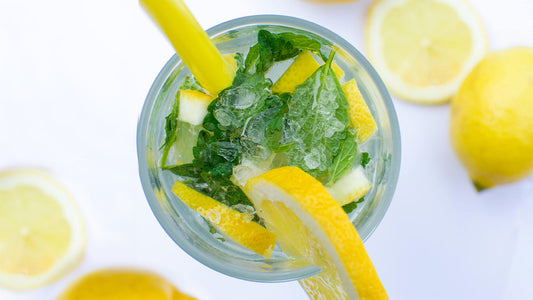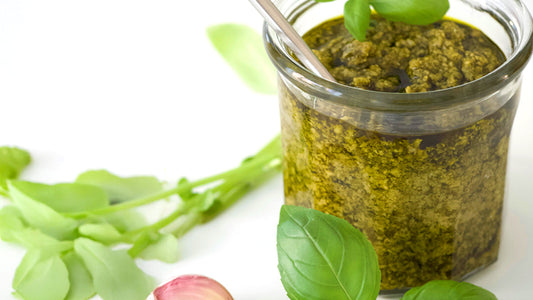When you think of menopause, many of us think about hormone changes, hot flashes, and the absence of a menstruation cycle. But while these are all key features, another common yet often-overlooked symptom is muscle and joint pain.
While this menopause-related pain is certainly frustrating to deal with, it can often be managed with the help of a few exercise and diet changes.
What Causes Muscle and Joint Pain During Menopause?
Hormone levels rise and fall throughout menopause, causing a host of symptoms to run their course (i.e. hot flashes, insomnia, mood swings, etc.). The drop in estrogen, specifically, is very impactful. Since estrogen can have anti-inflammatory properties, when we have less of it, we might experience an increase in muscle and joint pain.
Lifestyle Tweaks To Banish The Pain
While common over-the-counter medications can help, there are a number of lifestyle changes that can also lessen your pain.
1. Eat More Anti-Inflammatory Foods
Pain can be a sign of inflammation. If you want to fight off inflammation, it’s helpful to eat more foods that are rich in antioxidants (i.e. broccoli, avocados, spinach, berries, and green tea) as well as anti-inflammatory foods (i.e. fatty fish, cherries, lentils, chia seeds, and dark chocolate). Highly inflammatory foods to avoid include any refined carbohydrates, fried foods, red meats, and sweets or soda.
2. Get More Exercise
Exercise is a fundamental component of our physical health and well-being, especially during menopause. It has also been documented to sometimes help reduce physical pains, including some chronic pain conditions. Adding low-impact activities to your daily routine such as yoga, walking, or swimming can help improve mobility, lubricate joints, and allow for more pain-free movement.
Along with these aerobic activities, menopausal women experiencing muscle and joint pain can also benefit from adding weight training into their daily practices. Strength training is proven to help support muscles around a joint and help to keep them stable during movement — the more stable your joints are, the less likely you’ll experience pain or injury.
3. Minimize Your Stress
Stress is a lesser-known culprit behind your muscle and joint pain. When we experience stress, the rise in cortisol levels leads to an immediate inflammatory response. When combined with the drop in estrogen levels, this can become the perfect storm for pain and swelling.
Minimize your stress by practicing 1-2 self-care activities every day that you enjoy. Whether that be meditating, reading a book, or grabbing coffee with a friend, the important part is that it leaves you feeling soothed.
Related Products
Blend Besties Bundle
Fresh Start Bundle
4.7 / 5.0
(552) 552 total reviews







